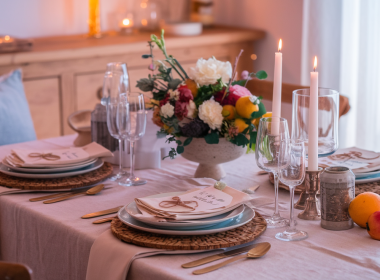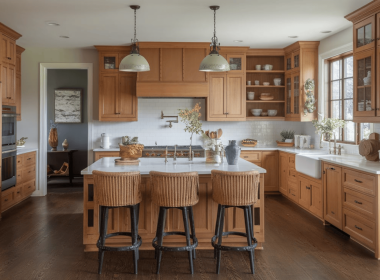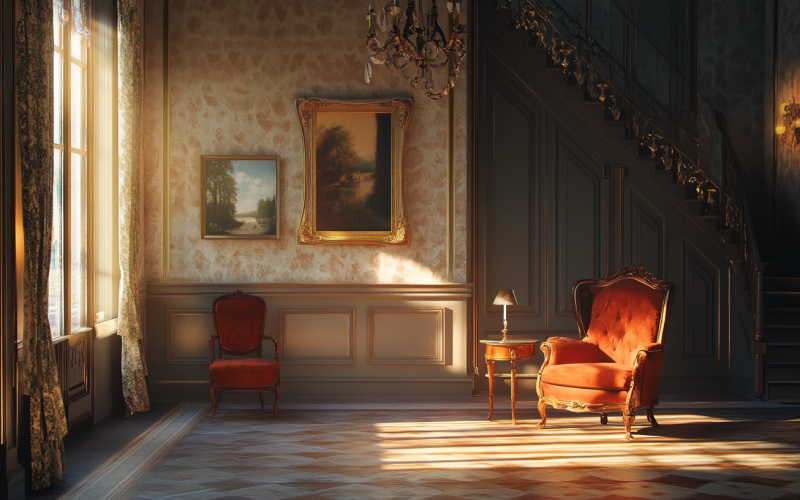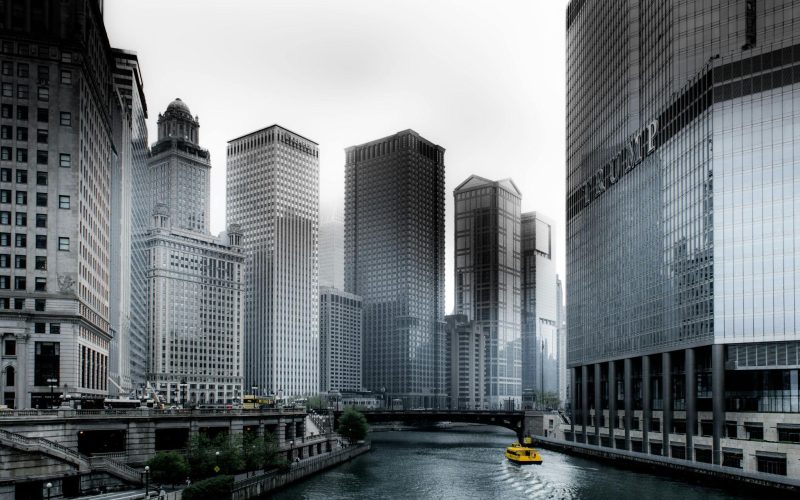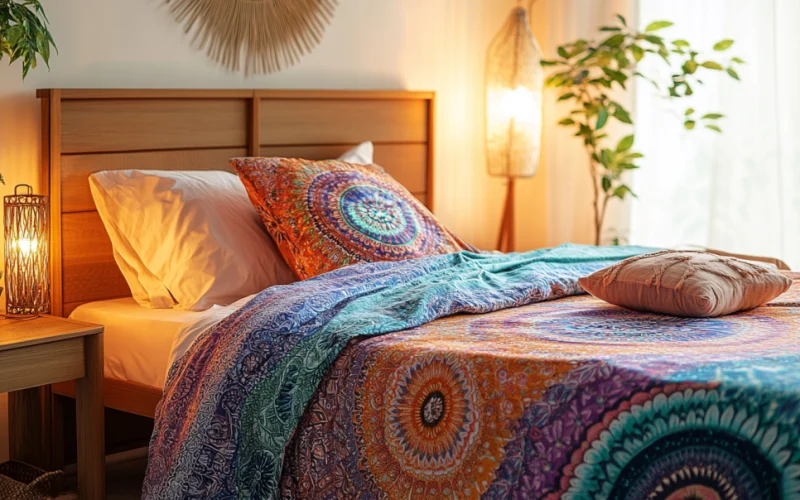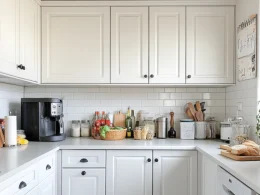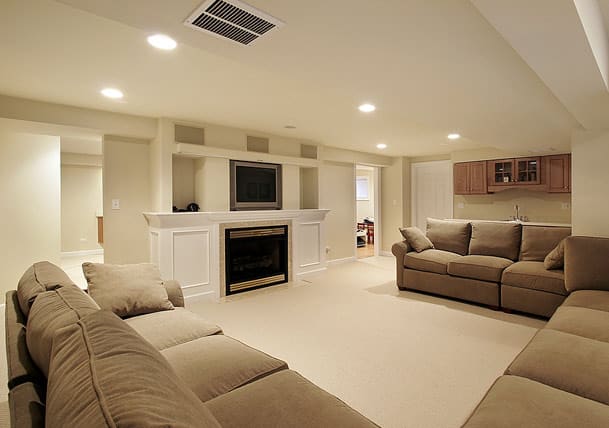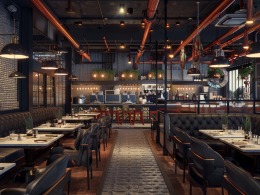Key Takeaways
- Understanding different lighting types can elevate any space’s aesthetic and functionality.
- Layering light sources creates a balanced and inviting environment.
- The choice of lighting fixtures, such as chandeliers and sconces, can act as a focal point in a room.
- Proper placement and selection of lighting can enhance mood and ambiance.
Introduction to Lighting Design
Lighting design transcends basic functionality and ventures into the realm of art and emotion. Whether for a cozy home or a bustling office, the right lighting can significantly impact the way a space feels and performs.
For those looking to delve into the nuances of lighting design and discover breathtaking fixtures, they should check out their beautifully designed website.
This book provides a thorough examination of the many ways that light may be used to improve any space and make it more aesthetically beautiful, practical, and welcoming.
The Basics of Different Lighting Types
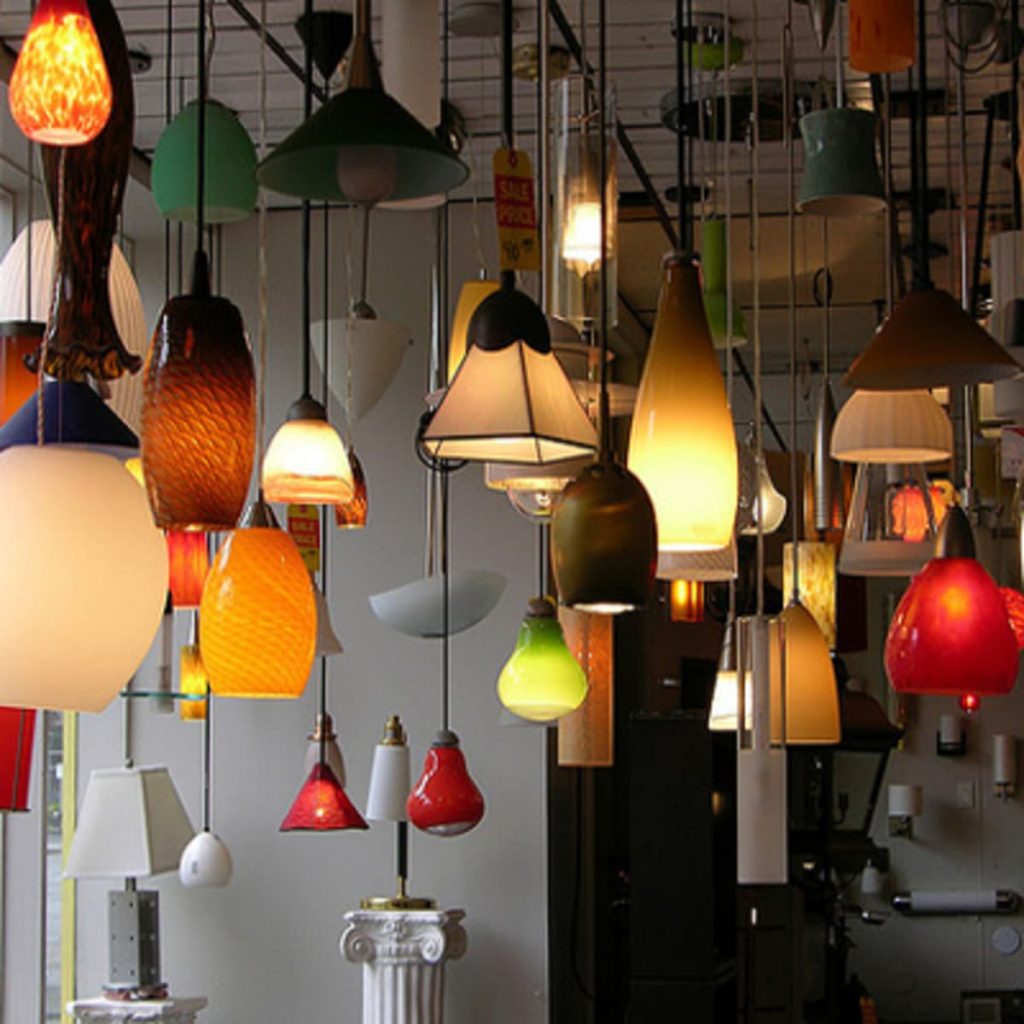
Understanding the three primary forms of lighting—ambient, task, and accent—is crucial before delving into the nuances of lighting design. Overall illumination is produced by ambient lighting, which also produces a pleasant amount of brightness without glare.
This type of lighting often comes from ceiling fixtures, wall-mounted fixtures, or portable lamps, setting the stage for the entire room. In contrast, task lighting illuminates designated spaces used for tasks like working, reading, or cooking. Desk lamps, under-cabinet lighting, and pendant lights are common sources of task lighting.
Accent lighting highlights architectural features or artwork, adding drama and visual interest to a space. Landscape lighting, wall-mounted fixtures, and track lighting are a few examples. In order to create a well-rounded lighting system that improves both utility and aesthetics, each type is essential.
Layering Light Sources
A well-designed lighting scheme incorporates multiple light layers to achieve a harmonious balance. Combining several light sources, such as wall sconces, floor lamps, and overhead lights, is referred to as layering. By layering light, you can create depth and dimension within a space, enhancing its overall ambiance and functionality.
For instance, combining ambient lighting with task and accent lighting allows you to tailor the light levels and focus in different areas, making the room versatile for various activities.
Layering light also helps to eliminate harsh shadows and reduce eye strain, creating a more comfortable and inviting environment. The key is to mix and match different light sources to achieve the desired effect, ensuring that each layer complements the others seamlessly.
Choosing Your Lighting Fixtures

Lighting fixtures are more than just practical elements; they are integral to the room’s décor and can serve as powerful design statements. From elegant chandeliers and pendant lights to sophisticated sconces and floor lamps, selecting the right fixtures can transform the look and feel of a space.
Consider each fixture’s style, scale, and placement to ensure it complements your overall design vision. For instance, sleek pendant lights can give a kitchen a contemporary feel, and a large chandelier can provide a magnificent focal point in a dining room.
Wall sconces can provide both functional light and decorative interest in a hallway or living room. When choosing lighting fixtures, take into account the room’s size, color scheme, and existing furnishings to ensure a cohesive and balanced look.
The right fixtures enhance the space’s functionality and elevate its aesthetic appeal.
Effective Placement for Maximum Impact
Where you place your lighting fixtures is just as important as the fixtures themselves. Strategic placement can highlight key areas, create focal points, and ensure even illumination throughout the space.
For instance, placing a chandelier over a dining table provides functional light and a central feature that draws the eye. Similarly, installing under-cabinet lighting in the kitchen can illuminate work surfaces and make cooking tasks easier.
Wall-mounted sconces can add a layer of ambient light and architectural interest to a hallway, while floor lamps can provide focused light for reading or other activities in a living room.
The goal is to position lighting fixtures to enhance the room’s flow, complement its design elements, and meet the occupants’ needs. Thoughtful placement of lighting fixtures can transform a space, making it more functional, comfortable, and visually appealing.
Using Light to Enhance Mood and Ambiance
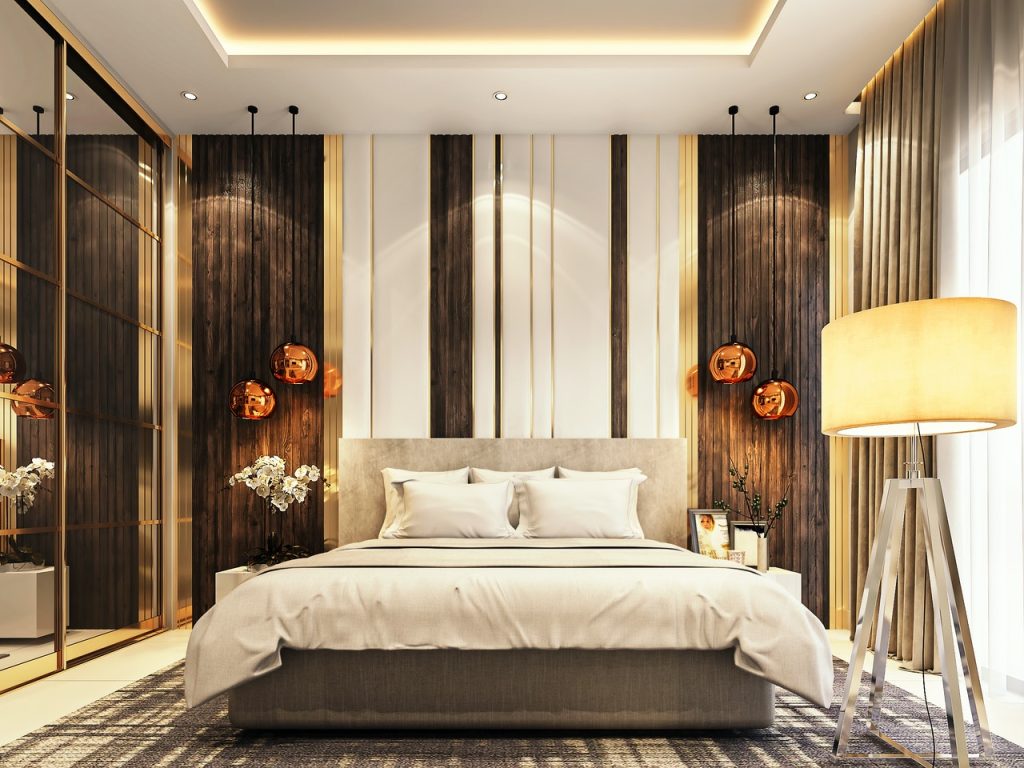
Lighting has a profound effect on mood and ambiance. Cozy and welcoming settings made possible by soft, warm lighting are perfect for unwinding or small get-togethers.
On the other hand, brighter, cooler lighting can invigorate and energize, making it suitable for workspaces or areas where high alertness is required. Tailoring your lights’ color temperature and intensity to suit different activities and times of day can make your space more versatile and enjoyable.
Dimmable lights, for example, let you change the brightness based on the activity or time of day, resulting in a dynamic lighting setting. Utilizing smart lighting solutions can also enhance the ambiance, allowing you to control the lighting through your smartphone or voice commands.
By understanding the impact of different lighting settings on mood and ambiance, you can create a space that is both functional and emotionally resonant.
Conclusion: The Impact of Thoughtful Lighting
Thoughtful lighting design is about more than just visibility; it’s about creating a comfortable, functional, and aesthetically pleasing environment. You can transform any space into a beautifully lit sanctuary by understanding and implementing the principles of ambient, task, and accent lighting and carefully selecting and placing fixtures.
Thoughtful lighting design can significantly enhance the quality of life, making daily activities more enjoyable and the overall ambiance more inviting. Whether you’re looking to create a warm and cozy retreat or a vibrant and energetic workspace, the right lighting design can make all the difference. Embrace the art of lighting, and let it elevate your home’s aesthetics and functionality to new heights.

